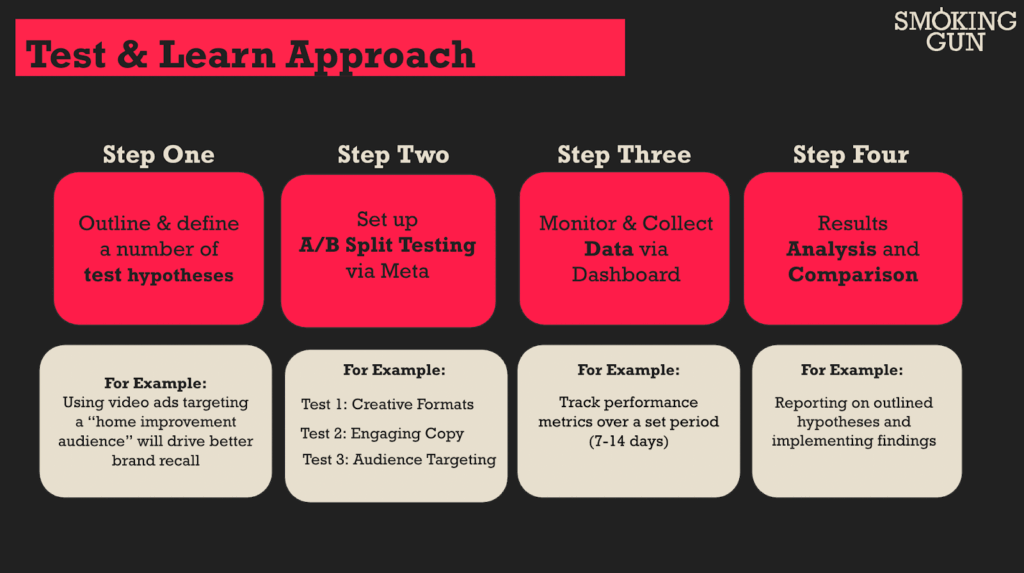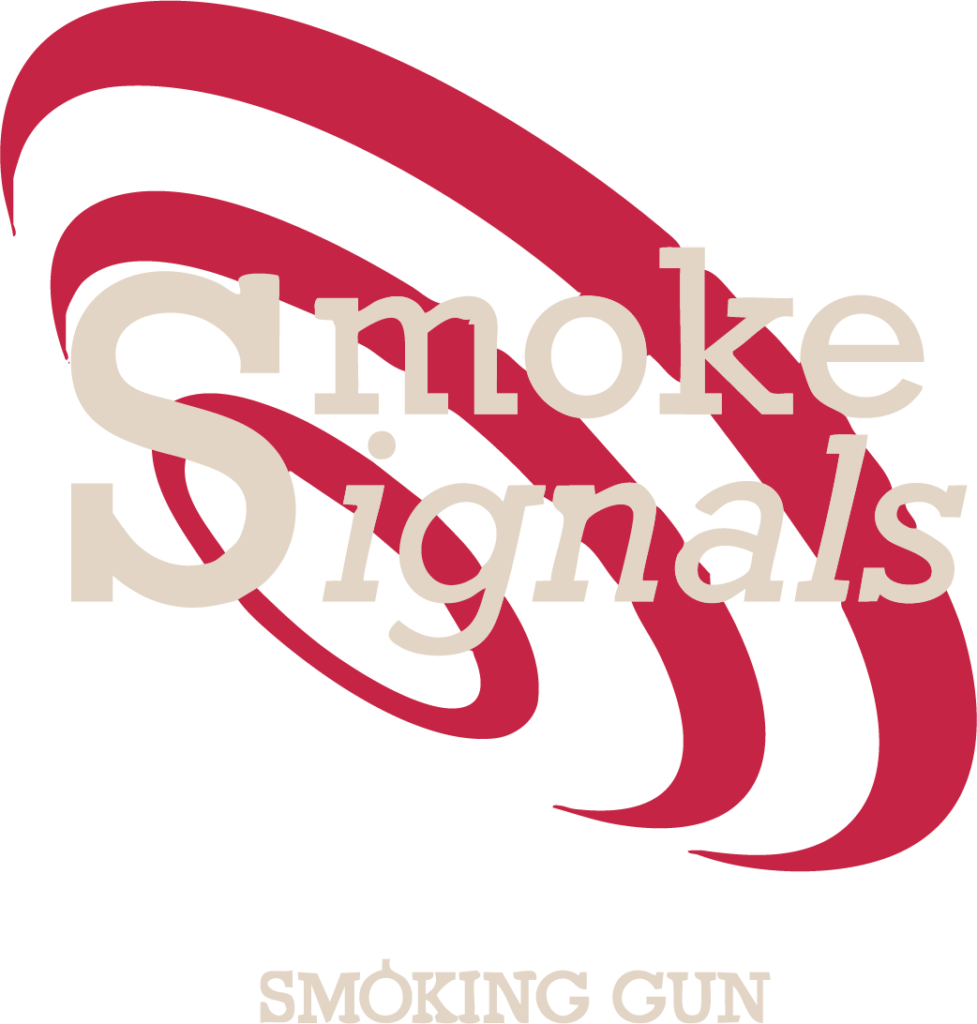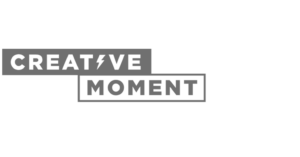Introduction
A strong social media presence doesn’t just happen. It’s built on a clear strategy. Posting regularly might keep your accounts active, but without direction, you will not achieve commercial impact.
This article is the first in our six-part series, A Complete Guide to Why Your Business Needs a Social Media Strategy. Throughout the series, we explore every element of what makes social media work for your business. From understanding your audience to creating meaningful engagement and measuring what truly drives results, each part builds a complete picture of strategic success.
In this instalment, we look at why having a strategy matters and how it can shape the way your business approaches social media. This isn’t about surface-level activity. It’s about going further by creating content with purpose, reaching the right audiences, and tracking performance in ways that actually inform your next steps.
If your business is using social media but not seeing the results you hoped for, this guide will help you rethink how and why you show up online and how to make every effort count.
Results-Driven Social Media Goals
Without clear objectives, it’s easy to fall into the trap of chasing likes or pushing out content that doesn’t really move the needle on the metrics that matter.
This article looks at how to set goals that go beyond surface-level metrics. It’s about tying your social media activity to wider business outcomes – whether that’s increasing enquiries, driving traffic, or building long-term relationships with your audience. A results-driven approach helps ensure that everything you post has a clear role to play.
Linking Goals to Business Priorities
Linking social goals to business priorities means working beyond broad themes like awareness or engagement and instead focusing on specific, trackable outcomes that support overarching commercial targets. That might involve aligning campaign objectives with lead velocity in sales pipelines, content engagement with product launch adoption curves, or employer branding activity with hard recruitment metrics such as cost per hire or time to fill.
For organisations scaling at pace, the value lies in cross-functional synchronisation. Social should reflect and reinforce the goals of marketing, HR, product, and customer success in measurable terms. For instance, if a business priority is to grow market share in a defined vertical, the social strategy might involve identifying industry-specific buying signals, crafting sector-tailored creative, and using engagement data to inform outbound targeting via account-based marketing platforms.

Three darts and business target over grey background and copyspace on the left. Marketing and advertising concept. 3d illustration
Likewise, if reputation management is a board-level concern, social teams can quantify their role by tracking reductions in negative sentiment over time, surfacing advocacy from credible voices, and integrating with comms teams on escalation processes and response frameworks. In this context, goals aren’t just about reach, they’re about protecting market value and trust equity.
A good example of this approach comes from our Fry & Mighty campaign for Philips Airfryer, where clear social media goals were directly linked to business impact. The campaign drove a 900% year-on-year increase in market share, alongside uplifts of 10% in brand preference and 36% in consideration. Communications targets were set at 370 earned media pieces, 90% positive sentiment, and more than 720,000 video views, with activations such as No Airfry Day and the LuAnna launch alone generating over 1.6 million views. By ensuring every piece of social activity mapped back to measurable outcomes, Philips was able to re-establish its market leadership while demonstrating the tangible value of results-driven social strategy.
What differentiates high-performing teams is their ability to quantify contribution to business-level KPIs, not just channel metrics. That means moving beyond “likes” and “shares” to focus on how social impacts metrics such as customer acquisition cost, average deal size, brand lift, and NPS. These aren’t vanity metrics, they’re decision-making tools for leadership.
How to Set SMART Social Media Goals
Using the SMART framework is about ensuring that social objectives are precise enough to drive decisions, flexible enough to adapt to evolving data, and grounded in business impact. At a more advanced level, SMART goals should be embedded across channel-specific strategies, used to evaluate campaign viability, and revisited regularly as part of performance reviews.
Instead of setting a vague target like “increase engagement,” an advanced SMART goal might aim to lift share-of-voice within a target segment by 15% over a quarter, using competitor benchmarking tools and tracking branded keyword mentions across key platforms. Or it could involve increasing qualified traffic from LinkedIn to a gated whitepaper by 25%, linked directly to MQL generation and supported by tailored content sequences.
Strategic teams also use SMART goals to stress-test campaign structure and resource allocation. For example, if the time-bound element of a goal doesn’t align with paid media ramp-up periods or seasonal search behaviour, it flags a resourcing misalignment before spend is committed. Similarly, relevance isn’t just about the brand-it’s about market conditions, buying cycles, and internal capacity to support the outcomes (e.g. customer service readiness to handle a spike in DMs).
When done right, SMART goal-setting becomes more than a planning tool-it becomes a framework for operational accountability. It allows leadership to interrogate social performance in boardrooms, connects digital activity to real commercial levers, and enables in-flight optimisations backed by clear success criteria.
The AMEC framework takes this a step further by offering a measurement model that links activity to real-world outcomes. Rather than stopping at outputs like impressions or reach, it tracks the progression from campaign inputs through to outtakes, outcomes, and ultimately business impact. This approach ensures that teams aren’t just reporting surface-level metrics but are evidencing how communications shift awareness, shape behaviour, and contribute to commercial or organisational objectives. In practice, it provides a common language for evaluating effectiveness, moving the conversation from “what was done” to “what was achieved”.
Key Goal Categories for Social Media
While most teams are familiar with categories like awareness, engagement, and conversion, the value lies in understanding how to calibrate these goals according to the business stage, campaign intent, and resource availability-and how to structure them in ways that deliver measurable commercial returns.
Brand Visibility with Strategic Purpose
Instead of chasing reach or impressions, advanced awareness goals focus on share of voice, category relevance, and competitive positioning. Teams may track unaided recall, benchmark visibility against competitor launches or seasonal moments, and use measures like share of search or message penetration to evidence progress.
Engagement as a Diagnostic Signal
Strong teams treat engagement as an early indicator of resonance or risk. Spikes in comments or shares can highlight message-market fit or reputational pressure. Layering in engagement ratios and sentiment analysis provides a clearer picture of whether content is shaping perception or simply generating noise.
Lead Generation as Pipeline Contribution
Rather than broad capture, the aim is qualified lead generation linked to campaign UTMs and CRM data. This enables attribution of revenue back to specific content, messaging, or influencer activity, while sales uplift and brand tracking validate whether equity goals are being met.
Traffic with Intent Signals
Traffic is only valuable when it drives meaningful action. Advanced teams look beyond clicks to dwell time, assisted conversions, or post-visit behaviour. Linking PR and influencer-driven traffic into these models shows how upper-funnel visibility supports intent-based outcomes.
Proactive Customer Experience Management
Customer service goals now span resolution rates, satisfaction scores, and escalation patterns. Social support is seen as part of the brand experience, with insights feeding into product teams. Tracking category share of conversation ensures these efforts are reflected in broader market perception.
The key is not to treat these categories as isolated lanes but as interdependent levers. For instance, a campaign might start with visibility, build engagement, and ultimately drive qualified leads-each with distinct metrics but aligned around a unified objective. What sets strategic teams apart is their ability to assign ownership, define success, and adjust goals dynamically in response to evolving business conditions.
Matching Your Goals to the Right Platforms
Not every social media platform works the same way. For example, LinkedIn is ideal for B2B marketing and lead generation, while Instagram is better for visual content and brand engagement. If you’re targeting a younger audience, platforms like Snapchat may be more effective.

Choosing where to focus depends on your target audience and where they spend their time. That’s where social listening is useful, it help us understand what people are saying, what they care about, and which platforms they use most.
Your brand voice also plays a role. If you want to sound professional and informative, LinkedIn might be your best option. If your tone is relaxed and creative, Instagram or TikTok may suit you better. Understanding this allows us to tailor each social media campaign to the right platform.
Building Campaigns That Deliver on Goals
Once goals are clearly defined, campaign development should move beyond generic content planning toward structured, outcome-driven execution. That means designing campaigns where every asset, placement, and interaction is aligned to a specific commercial objective, not just channel performance.
Strategic teams reverse-engineer content from the desired outcome. If the priority is lead generation, for instance, they do not just drive traffic to a gated asset. They build an integrated journey: awareness content to warm the audience, mid-funnel pieces that address objections, and retargeted CTAs with sequential messaging. Each asset is mapped to a touchpoint in the conversion path, supported by analytics tagging and real-time feedback loops via CRM integrations.
When engagement is the goal, campaign design is often informed by audience psychographics, not just demographics. Sophisticated campaigns blend native platform tools (like LinkedIn conversation ads or Instagram sticker features) with A/B-tested narratives, rotating creative themes, and adaptive formats to maximise resonance across segments. Engagement is treated as a signal generator, feeding insights back into wider content, product, or brand teams.
Testing is embedded in the planning phase. We define hypotheses upfront (for example, “value-led messaging outperforms urgency-led CTA in B2B audiences”) and test them through structured variation across tone, creative type, post timing, and call-to-action design. The principle is simple: outline hypotheses, run controlled A/B tests, monitor performance, then analyse results to guide optimisation. Importantly, we track not just engagement metrics but conversion correlation, scroll depth, and behavioural follow-through.
Performance optimisation is continuous, but it is not guesswork. High-performing campaigns are measured against goal-specific success thresholds, not just industry benchmarks. If engagement dips, for example, we do not simply switch to video. We assess whether audience saturation, platform fatigue, or sequencing misalignment is at play and recalibrate accordingly.
At this level, building campaigns that deliver on goals means balancing creativity with control, combining experimental thinking with performance discipline to scale what works and retire what does not.

Measuring Progress and Adjusting Your Strategy
We can’t manage what we don’t measure. That’s why you should always track the results of every social media campaign using tools like Google Analytics, native platform insights, and third-party software.
Some of the most useful metrics include:
- Reach and impressions: How many people saw your content
- Click-through rate (CTR): How often people click your links
- Conversion rate: How many people took the desired action
- Engagement rates: The level of interaction with your posts
- Video Completion Rate (VTR): How often people finish watching a video
- Cost Per Click (CPC): Amount an advertiser pays each time someone clicks on an ad.
These metrics help you to understand what’s working-and what needs changing. Our team at Smoking Gun regularly reviews this data to ensure campaigns are moving in the right direction.
Social media goals should never be set and forgotten. They need to evolve with your business, your audience, and the changing features of each platform.
Avoiding Common Goal-Setting Mistakes
One common mistake is setting goals that are too vague. Saying “get more followers” doesn’t give you enough direction or a way to track success. Instead, a SMART goal like “Grow Instagram followers by 15% in 60 days by sharing daily behind-the-scenes posts” gives clarity and purpose.
Another issue is focusing only on short-term results. A single viral post might bring a quick boost, but it won’t help if it doesn’t support your long-term strategy. Consistent effort, clear messaging, and a steady build of trust usually deliver stronger results.
Some businesses also forget to review their goals. But social media platforms change fast, and your audience’s interests do too. Checking your progress regularly means you can stay on track and respond quickly if something isn’t working. For example, we built a measurement framework for Phillips, that combined sales data, brand tracking, and comms performance, allowing them to refine goals by category and channel and link activity directly to commercial growth.
Conclusion
Effective goal-setting in social media is about precision, accountability, and alignment with wider business outcomes. It is not enough to chase followers or report on engagement in isolation. The most impactful teams embed frameworks like SMART and AMEC to ensure goals are measurable, adaptable, and directly tied to commercial priorities. Case studies such as Philips show the value of linking communications to sales and brand performance, proving that when goals are structured around outcomes, social activity becomes a driver of growth rather than a vanity exercise. By combining clarity of objectives with continuous measurement and refinement, brands can create strategies that deliver lasting impact.










